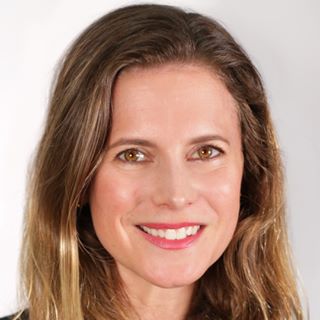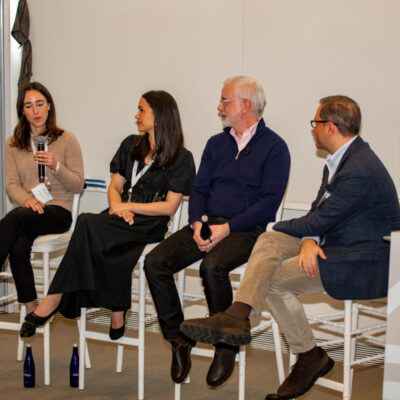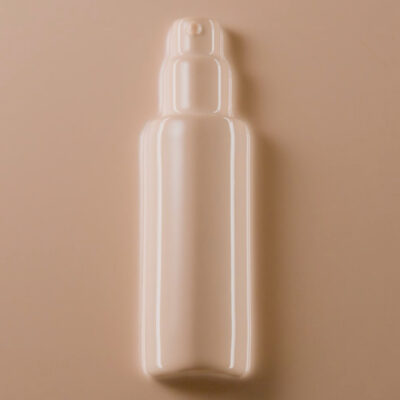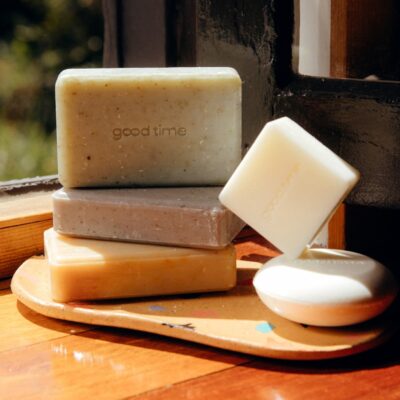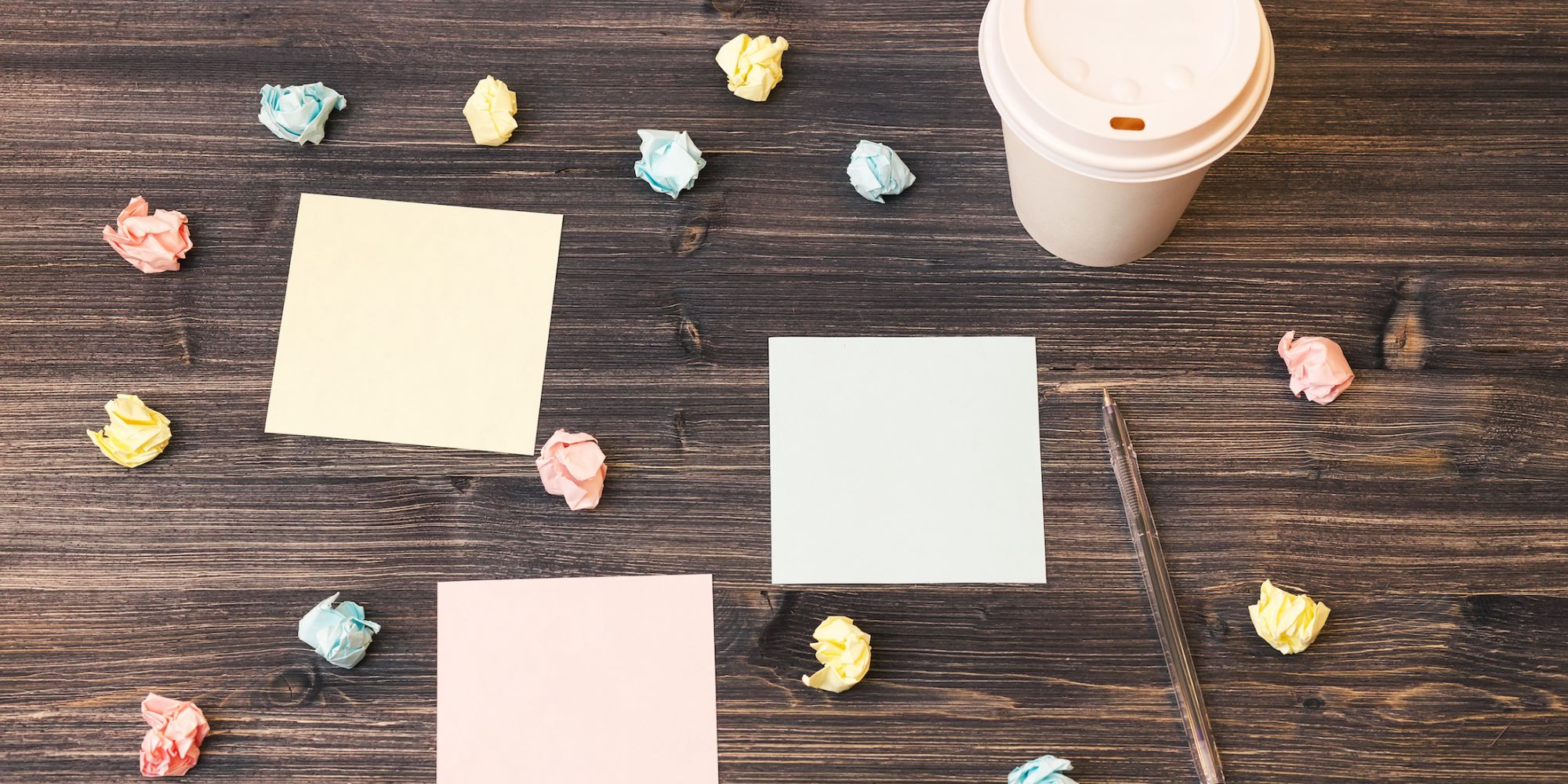
Hindsight Is 20/20: Expensive Mistakes And How Brands Learn
In this edition of Beauty Independent’s ongoing series posing questions to beauty entrepreneurs, we ask 11 brand founders and executives: What expense did you shell out for at the start of your brand that you wish you hadn’t shelled out for?
- Greg Starkman Founder, Innersense Organic Beauty
We supported our launch with big ad spends in trade and beauty publications for professional and consumer exposure—this was way before social media took off—and it was a big miss. We did not have the distribution or the point of sale to support what little interest we received. Fortunately, today’s indie beauty space is viral. Social media has almost completely wiped out the need for old school advertising and played a key role in our recent rebranding. Social is the single most important tool in any product launch now.
- Sarah Villafranco, MD Founder & CEO, Osmia
Early on, I was so terrified to spend money that I hired a low-budget web designer. We went back and forth on the design, but I never felt he was reading my edits or incorporating my vision for my own website. Finally, I realized that he was using inexperienced, international programmers to save money and was not even reading my responses himself. Once I understood that I was getting even less than what I paid for, he already had my check, and I had to pull the plug and walk away from the project. It was only about $3,500, but that felt like a massive chunk of money in the infancy of the brand. I ended up spending five times that to create our first website, and it was worth every penny.
- Hilary Orr-McMahon Founder, Honestly pHresh
I have had quite an expensive tuition here at the University of Honestly pHresh as I delved right into the business fresh out of a culinary career without really knowing what I was up against. The largest expense I wish I would have foregone was that of a contract manufacturer. I spent a lot of money on two different production runs that turned out horribly wrong. Early on I hired a company to produce my newly developed deodorant sticks having the piece of mind that they were the experts. I put all of my trust in one company. Two separate large production runs ended up failing less than a year after roll out. The first production run looked beautiful at first glance, but ended up shriveling to less than half the original size just a few months later. Our second go at it was almost a worse case scenario as this run turned moldy. So these two very expensive mistakes should have put me out of business for good. Instead of hiding under a rock, I became the expert of my products and used my culinary background to develop three products that I am very proud of. I also learned how to manufacture all of my own products in-house and have since trained a production staff. This saves on upfront costs as we are not subjected to high yield production runs which cost a ton of money up front. This also keeps a piece of mind as I now know the quality of each product that we are rolling out of the warehouse.
- Bee Shapiro Founder, Ellis Brooklyn
Everyone told us in the beginning that every business has to play in the Google and Facebook ads space right away. It actually was a costly mistake. We were spending thousands on Google and Facebook and getting very little traction. Sure, maybe these ads would pop up for the right audiences, but there was no way to place us. We were just another new brand. So I changed tactics. I put a pause on our online ads, and I sought out fantastic retailers who help drive the message and who have customers who are engaged. We gained authority that way and now when we spend on Facebook ads, which we've seen the most response from, we get much better numbers. I learned that opportunities are not just a blanket statement but, like in life, it's all about timing.
- Andrea Sands Founder, Laguna Herbals
When we launched our face, bath and body line we exhibited at a trade show that had a broad range of exhibitor categories that included beauty/spa but also had home accessories, furniture, apparel, jewelry, gift and even food. This show spanned several buildings and over hundreds of thousands of square feet. The range of categories was too broad to have a strong pool of buyers who were even looking to buy beauty products. The time and money investment to exhibit and prepare for this show is not something that we would repeat. We learned that bigger is not better. It is more strategic to exhibit at smaller, more targeted shows like the Indie Beauty Expo.
- Elliot Entis Founder and CEO, LIFTLAB Skin Regeneration
The hardest thing about starting a business in an industry where you have no experience — my history was in biotech, not consumer products — is discovering what you don't know, and having enough money available to learn. When I started LIFTLAB, I hired a professional launchpad company. They helped find good fill laboratories, reputable formulators, ingredient suppliers and social media professionals. And, for the most part, together we made good decisions. With one exception: packaging. Design and production of the cardboard outers that customers first see and identify with your brand is a crucial step in branding, and can be an expensive headache if done poorly. In our case, we accepted designs from a local company that we were told really understood our requirements. Naively, I did not explore further. The result? Too much money wasted on poorly executed production and designs that seemed good in concept but did not express our brand's position properly. Now three iterations later and thousands of discarded outers (at least recyclable), I have simple advice: there are numerous good cosmetic packaging companies in the U.S. Take the time to explore their wares and prices, which surprisingly can vary quite a lot. Think long and hard about the look and feel of your brand's presentation as expressed on those cardboard boxes that everyone throws away, but is the first thing they associate with your product.
- Brenda Brock Founder, Formulator and CEO, Farmaesthetics
The expense of having too much inventory on hand. It took me awhile to get the feel for how “just in time” inventory would work for Farmaesthetics. An example, for one of our first gift sets, I chose beautiful ribbon: silk, handmade, very expensive. It also had a very long lead time for delivery, so I had to order a lot of ribbon to keep on hand to account for our projections. The upfront cost to keep that ribbon in inventory was outrageous. We changed the ribbon.
- Sima Mostafavi Founder and CEO, Pistache Skincare
I started my company with one SKU, the Pistaché Skincare Hydrating Moisturizer. While developing this product, I had the choice to start with a small batch or to increase the size of my batch and save on per unit costs of packaging and ingredients. I was enticed by lower per unit costs and chose to start with the larger batch. If I could go back I would reconsider this decision because it is important to stay lean and flexible at the onset of your business. For instance, we later received product awards and seals by various organizations such as the Leaping Bunny that we wished we could add to our packaging. However, since I had a large inventory of packaging sitting in my warehouse, we knew we could not make those changes quickly and efficiently. In short, I would recommend staying small and lean at first, because as much as you think you’re prepared, you never know what random opportunities present themselves, and on the flip side, which doors close on you. You need to be ready to make changes quickly.
- Begona SanJuan and Isabel Ramos Co-founder and CEO, and Co-founder and CSO, Ayuna
In general, we have been very cautious and diligent of every expense we've made, but there are always costs we wish we could have saved or at least limited. For instance, monies spent on attending certain costly PR events that yielded a less-than-desirable outcome. Or, on the other hand, it seems that the investment in gifting product for brand exposure is very high. Any type of collaboration or sales related action is almost always associated with a request for free product, often the retail presentation, which in the end makes a huge impact on our bottom line.
- Laura Emanuel Founder and CEO, Mystic Dirt
I launched Mystic Dirt with a very, very lean budget. I knew my strengths were in product development, graphic design and branding, so I focused on doing these elements myself while getting support in other areas. For example, a huge part of Mystic Dirt's mission is to share the healing properties of each ingredient through tarot-like cards. I wrote the story of each ingredient but needed support to create the original artwork for the cards. I partnered with artist Catherine Copplestone and that was by far the best decision I made when launching. I absolutely could have saved money on printing though. Labels, the ingredient cards, other promotional materials were all done through online services, but in hindsight I probably could have gotten a better deal if I had used a local printer.
- Jacqueline Schaffer Owner, Schique
Do not invest in consultants. Invest in your people. Consultants don’t have the heart and dedication that an employee would have. Someone who is with you from the beginning gets to see your day-to-day struggle, and you build a bond. For a consultant, it’s a guaranteed paycheck no matter how successful you are. You don’t want to waste your time with consultants who just want to take your money. Also, if I could go back in time, I would launch with just one product. You really want to be remarkable with what you are giving to the consumer. You just need to come out with one thing only. Otherwise, you might confuse the consumer. Don’t expand until your consumer knows who you are.
If you have a question you’d like Beauty Independent to ask beauty entrepreneurs, please send it to editor@beautyindependent.com.
